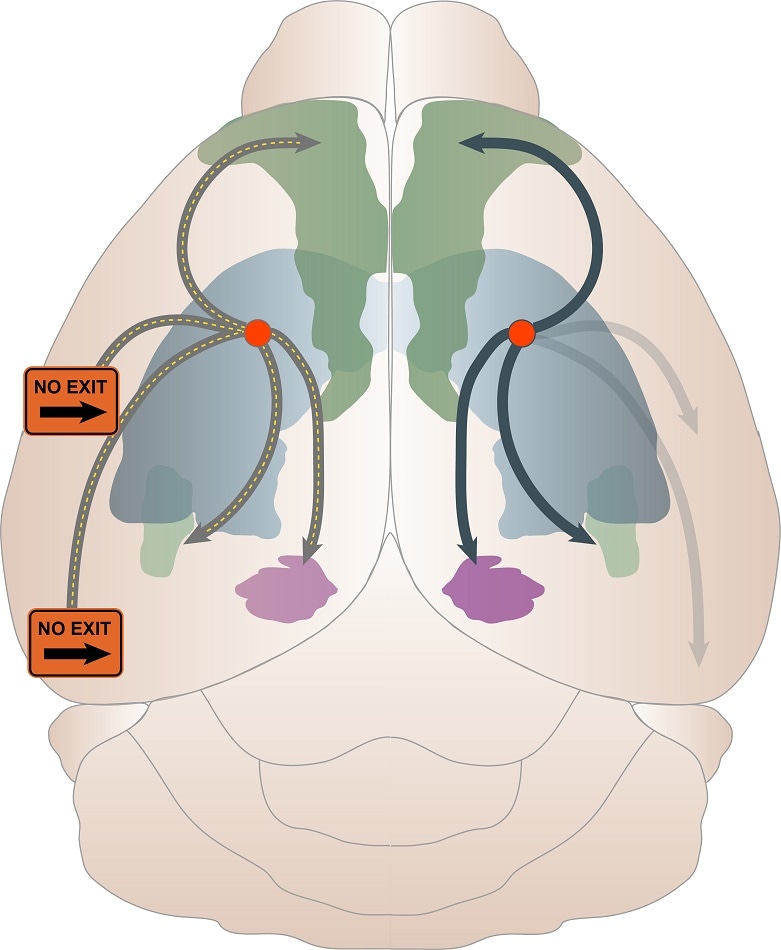According to a study performed by researchers from the Van Andel Institute and the University of Pennsylvania, misfolded proteins that impair neurons in Alzheimer’s disease travel the “roads” of the brain, similar to a supply truck crossing the countryside. And at times, these proteins stop and re-route to prevent roadblocks. The study has been published in the Science Advances journal.

Courtesy of Dr. Michael Henderson. Image Credit: Van Andel Institute.
The results provide new insight on how tau proteins migrate through the brain, forming tangled clumps that destroy brain cells in Alzheimer’s disease. The research also sheds light on why certain parts of the brain are more sensitive to damage than others.
While the interconnected structure of the brain is essential to its function, these misfolded proteins commandeer that structure to travel through the brain and cause progressive degeneration. By understanding how these proteins travel through the brain and what causes certain neurons to be at risk for damage, we can develop new therapies that can be directed to the right place at the right time to have maximal impact on disease progression.”
Michael X. Henderson, PhD, Study Corresponding Author and Assistant Professor, Van Andel Institute
Using Alzheimer’s disease models, the researchers mapped misfolded tau proteins as they developed through the brain. They observed that tau pathology traveled from one area to another along the brain’s neuronal networks, which are analogous to biological highways, but it did not travel to all the connected regions.
The researchers looked at gene expression patterns to figure out why some parts of the brain appeared to resist the distribution of the proteins. They detected certain genes that were expressed more in areas that contained more tau pathology than predicted from protein distribution alone.
By interpreting the genetic factors that drive protein accumulation in the brain, the researchers intend to develop new strategies to disrupt the movement of misfolded proteins and delay or stop the onset of Alzheimer’s and other similar neurodegenerative disorders.
We used these network models to test our hypothesis that tau spreads both forward and backward along connections between brain regions. After using our models to account for this two-way spreading process, we found several genes that could help inform new molecular targets to clear or prevent these protein aggregates from forming.”
Eli Cornblath, Study First Author and MD/PhD Student and University of Pennsylvania
Source:
Journal reference:
Cornblath, E. J., et al. (2021) Computational modeling of tau pathology spread reveals patterns of regional vulnerability and the impact of a genetic risk factor. Science Advances. doi.org/10.1126/sciadv.abg6677.